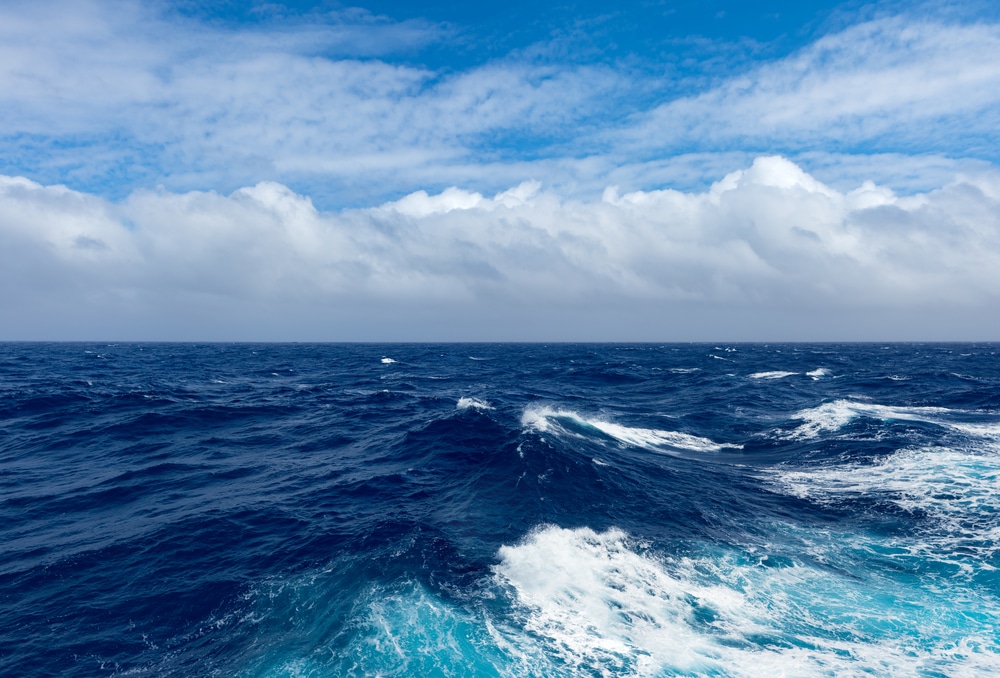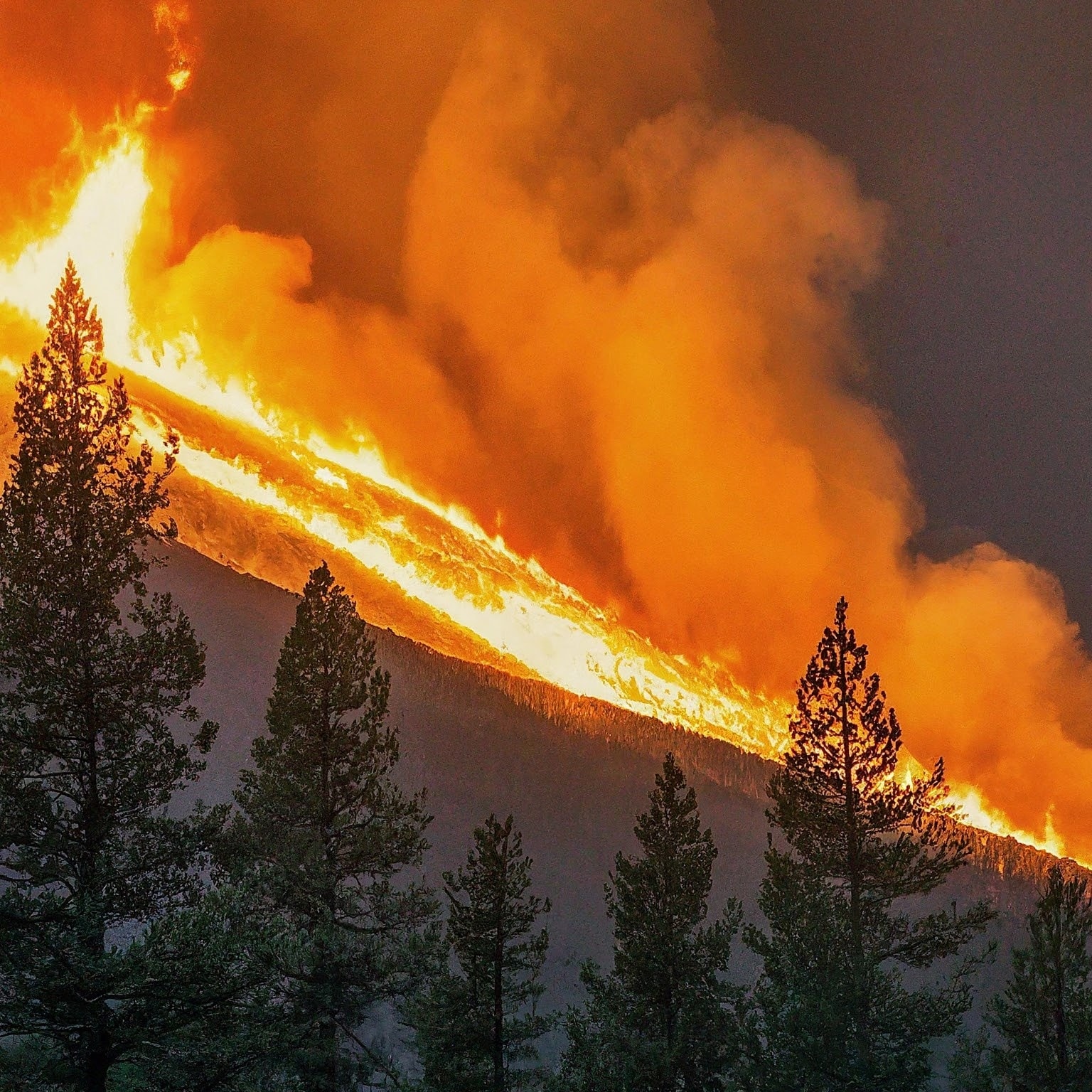While it’s the reigning theory now, the road to acceptance was long and bumpy for plate tectonics, which describes how large portions of Earth’s crust slide, grind, rise and sink ever so slowly across its sludgy mantle.
But even now, more than half a century after it was given the scientific tick of approval, the theory needs some refining. A new study looking at four plateaus in the western Pacific Ocean suggests that these expansive areas aren’t rigid slabs but weak spots being yanked apart by distant forces at the plate’s edge.
“The theory’s not carved in stone and we’re still finding new things,” says University of Toronto geophysicist Russell Pysklywec, who co-authored the study.
“We knew that geological deformations like faults happen on the continental plate interiors far from plate boundaries. But we didn’t know the same thing was happening to ocean plates,” adds first author Erkan Gün, also an earth scientist at the University of Toronto.
For decades, scientists have been rewriting their understanding of the seafloor, so this new study is just a continuum of their efforts to chart the ocean’s rugged topography.
In the 1950s, ocean cartographer Marie Tharp’s pioneering work to map large parts of the seafloor using sonar data from warships showed that the ocean basins weren’t at all flat surfaces as scientists had suspected.
Rather, the seafloor was carved up by gaping trenches and massive mountains – none larger than the Mid-Atlantic Ridge, which Tharp discovered, and is now recognized as the longest mountain range on the planet, slicing the Atlantic Ocean in two.
But far away from these plate boundaries, at the center of oceanic plates, scientists thought that large sections of Earth’s crust remained fairly rigid as they drifted atop the mantle, and did not deform like plate edges.
To test this thinking, Gün, Pysklywec, and colleagues gathered existing data on two oceanic plateaus that lie between Japan and Hawaii called the Shatsky Rise and Hess Rise; the Ontong Java Plateau, north of the Solomon Islands; and the Manihiki Plateau, to the northeast of Fiji and Tonga.
Given the challenges in surveying the seafloor, their study was limited to these four plateaus in the western Pacific Ocean for which data were available.
The oceanic plateaus are located hundreds to thousands of kilometers from the nearest plate boundary. Yet Gün and colleagues found the plateaus shared deformational and magmatic features that suggest they are being torn apart by pull forces at the Pacific plate’s edge, where slabs are being subducted underneath neighboring plates.

















